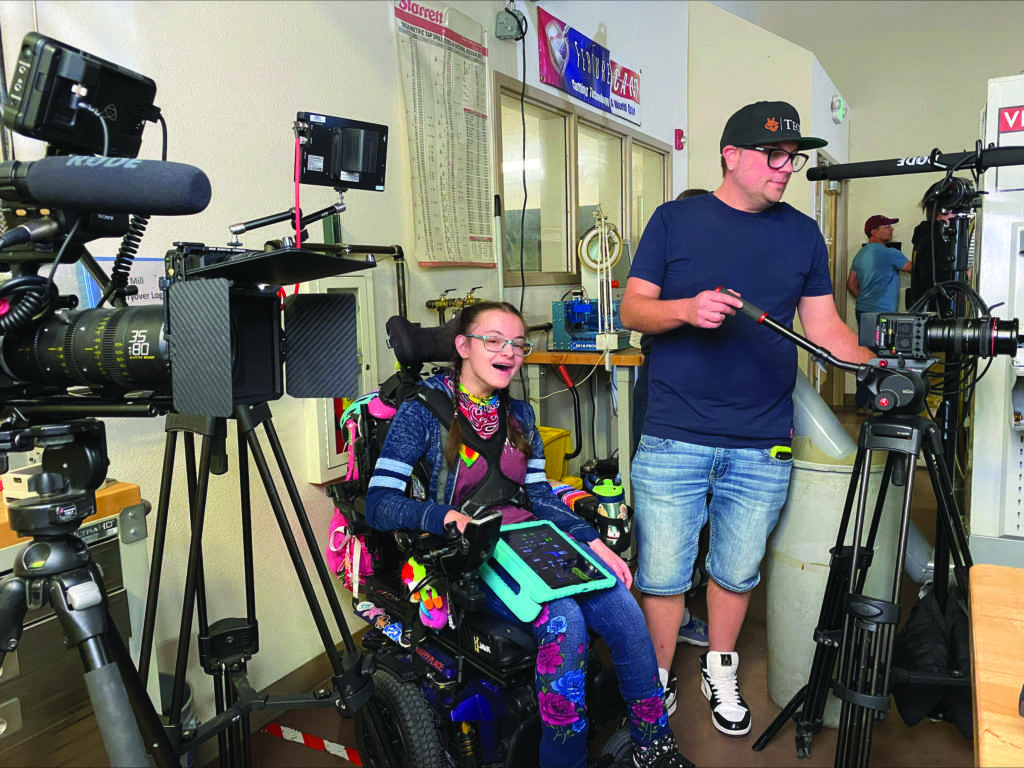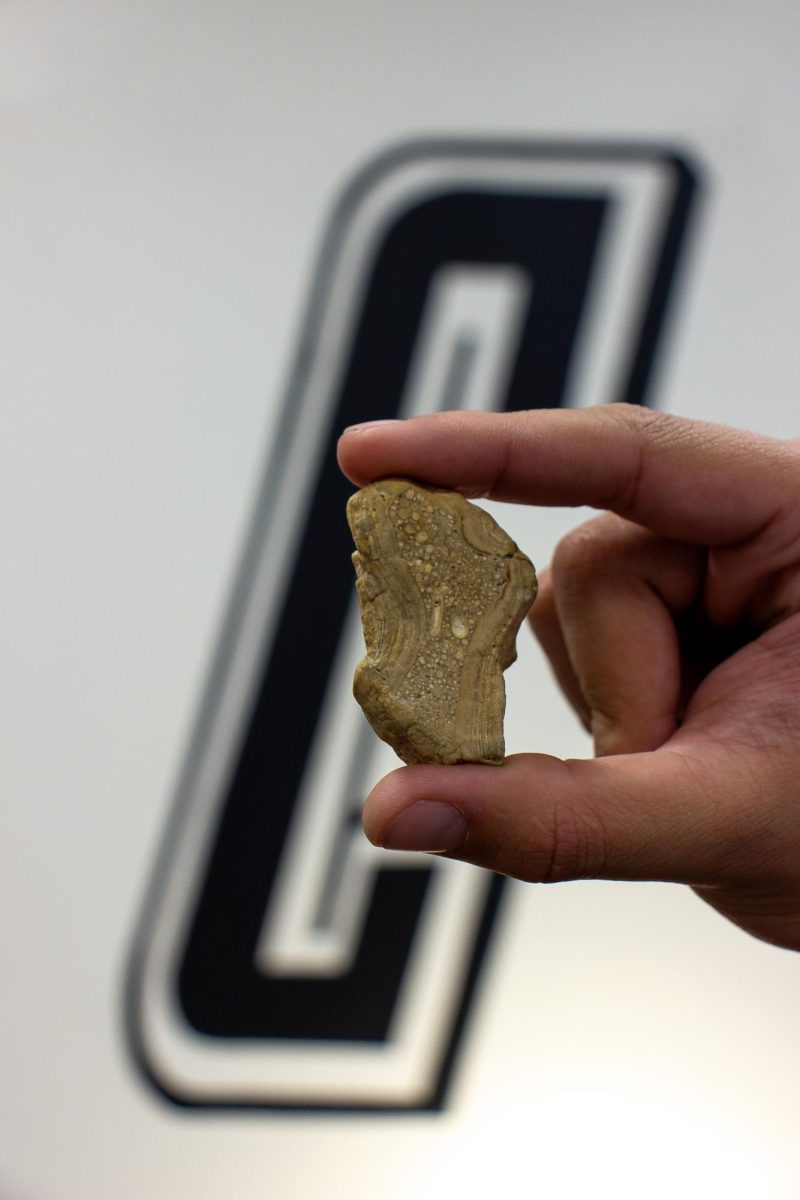Handicap buttons, whose purpose is to make life easier for disabled people, are now becoming disabled themselves. The reason behind all the wear-and-tear on these buttons (whose purpose is to automatically open doors for handicapped people) is because non-disabled students are using them.
These students aren’t just pressing the button. Students have been seen ‘crane-kicking,’ ’round-housing’ and even ‘karate-chopping’ the button.
The violence has worn down the automated door opening buttons significantly, which has forced Colorado Mesa University (CMU) to replace some of them on an annual basis in extreme cases.
“The unnecessary expense comes from the abuse of the actuator buttons. The actuators at the [University Center] prior to the installation of the impact shields were destroyed and replaced every semester at about $200 per and one-hour labor.” David Ludlum, CMU’s Director of Public Relations said in an email statement to The Criterion.

As Ludlum had mentioned, CMU had tried to combat the abuses by installing an impact shield in front of each button, which is a metal bar that prevents individuals from kicking the actuator. Despite the new addition of the impact shields, students continue to press the buttons of the actuators.
“I [press the handicap button] because I play basketball so I’m always really tired and I don’t want to pull open the door and its really heavy, so I just wait the extra time to let the door to open for me and I just walk a straight line through the door ,” Natalie Bartle, a sophomore studying exercise science at CMU told The Criterion.
Bartle isn’t an anomaly since other non-handicapped students still use the handicap button. According to Ludlum, it costs about $4,500 for parts and labor for a new install.
“That number can move up too, depending on specific details of the job,” Ludlum said.

The problem is somewhat anomalous because, by lifespan expectation, the school shouldn’t need to replace the actuator button on such a regular basis. The expected lifespan of the hydro-electric-mechanical components that are responsible for automatically opening the door is about 10 to 12 years. CMU adds a few every year, replacing new actuators that were damaged by students.
There are 60 operator buttons on campus and Ludlum estimates that, on average, it costs about $60 USD an hour to replace each button. With each job requiring a minimum of two hours, that equals $7,200 annual maintenance.
“I just don’t think it’s very ethical for non-handicapped kids to use the handicapped signs, but that’s just me,” Jaremy Goggins, a CMU freshman studying mass communications said.
Only time will tell if the impact shields will reduce the amount of times CMU will need to replace actuator buttons for the 2019-2020 school year. But one thing is for certain; if people continue to kick the buttons, CMU will be looking at another expensive year.















